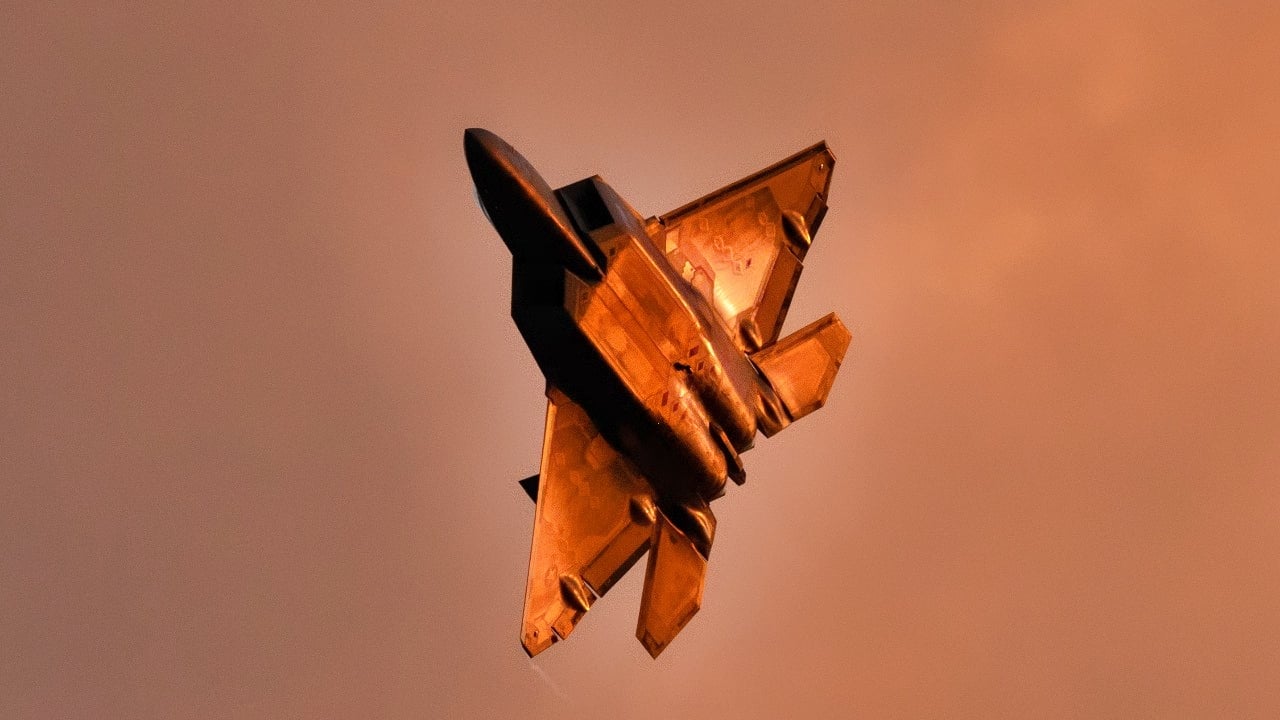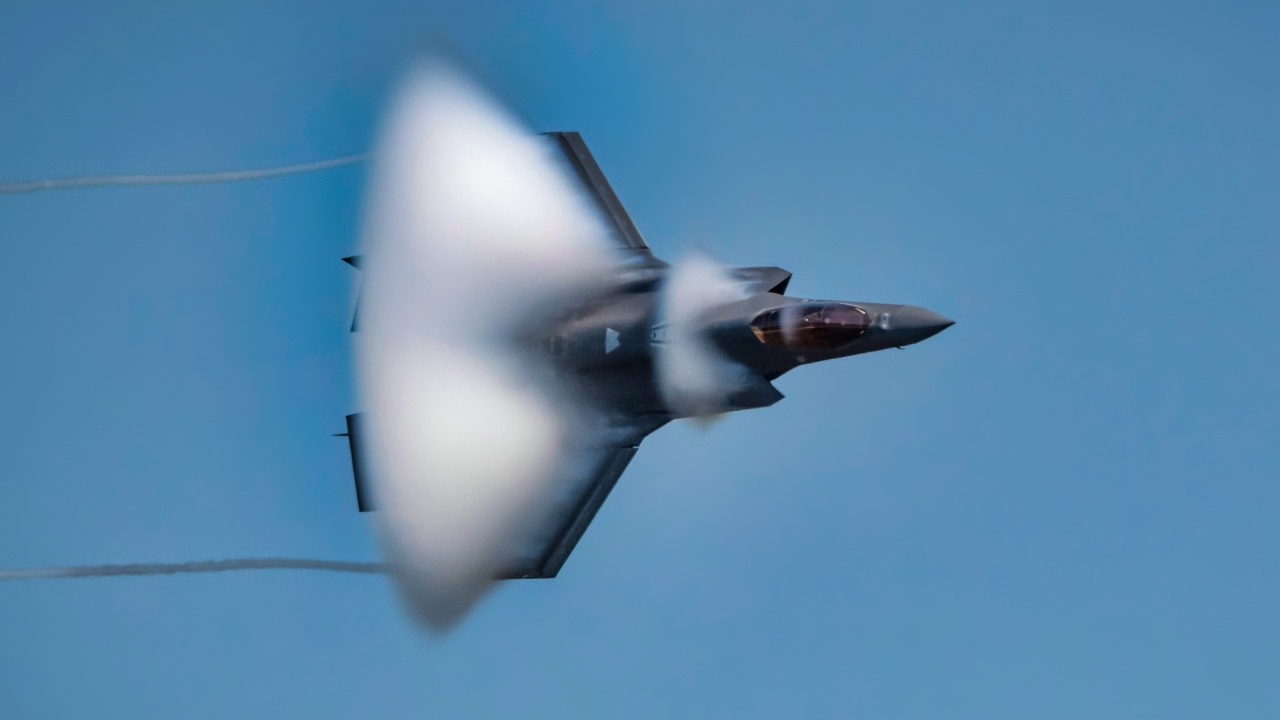Ukraine Uses ATACMS to Destroy Russian Radar Designed to Track F-22 and F-35
Russia's Nebo-M radar system, designed to detect long-range ballistic missiles and stealth aircraft like the U.S. F-22 and F-35, has become a high-value target in Ukraine.
What You Need to Know: Russia's Nebo-M radar system, designed to detect long-range ballistic missiles and stealth aircraft like the U.S. F-22 and F-35, has become a high-value target in Ukraine.

-With only about 10 operational units, each valued at over $100 million, the destruction of one Nebo-M radar by Ukrainian forces using U.S.-supplied ATACMS missiles is a significant blow to Russia's air defense capabilities.
-The loss of such systems weakens Russia's ability to track aerial threats, potentially giving Ukraine an advantage in deploying missiles like the Storm Shadow and SCALP-EG.
Ukrainian Forces Destroy Russia's $100 Million Nebo-M Radar with U.S. ATACMS Missiles
The Russian "Nebo-M" multifunction radar was developed specifically to detect long-range ballistic missiles and even stealth aircraft – including the U.S. F-22 Raptor and F-35 Lightning II – from upwards of 620 miles (1,000 kilometers). A 2021 report from state media outlet Tass described the Nebo-M as "the backbone of the total radar field along the Russian ground border. The latest radars are supplied to the units deployed in the most dangerous directions."
The state media outlet also stated that the Nebo-M can detect hypersonic targets.
Even if the capabilities are overstated, it has remained a "high-value" target, and Kyiv's forces have gone to great lengths to destroy the Nebo-M. According to reports on social media, one of the highly prized Russian radar platforms was taken out by a U.S.-supplied Army Tactical Missile System (ATACMS) on Thursday.
"Ukrainian Defense Forces successfully targeted and destroyed a Russian 'Nebo-M' radar station using ATACMS ballistic missiles. This significantly reduces Russia's ability to detect, track, and intercept aerial and ballistic targets. The 'Nebo-M' radar is a highly complex system, operating in stealth mode to scan the horizon for air objects. Russia is reported to have only 10 remaining operational units, each valued at over $100 million," wrote Ukrainian official Maria Drutska on X, the social media platform formerly known as Twitter. "The destruction of this radar opens up an advantageous 'air corridor' for the effective deployment of Storm Shadow and SCALP-EG cruise missiles."
Continuing to Blind Russia
The Nebo-M has been in service since 2017, but as noted, Russia has fewer than a dozen in service. The War Zone previously reported that one of the Russian radar platforms in the Luhansk region of eastern Ukraine came under attack in May, also by an ATACMS, and sustained damage.
It is unclear if the Nebo-M was damaged and returned to service, while there hasn't been confirmation that another platform was destroyed this week – but if true it could hamper the Kremlin's ability to track aerial threats.
The Nebo-M in the Crosshairs
Russia has made the bold claims it can track stealth aircraft, and the state-owned weapons maker Almaz-Antey has described it as "the menace of stealth technology." Although experts disagree on how effective it could be against fifth-generation aircraft, the Nebo-M is still considered to be quite a sophisticated and complex system.

"The tasks of search and tracking of air targets are divided between the VHF and UHF acquisition radar – RLM-M and the radar of the L-band and X-band – RLM-D and RLM-S, respectively. Each of them is placed on a separate truck chassis," wrote the Ukrainian military news site Militarnyi.
Because it does require multiple vehicles, which does enhance its mobility, the Nebo-M's re-deployment can be time-consuming. While in transit, it is also unable to operate – and could be an inviting target. It is possible the system was being relocated or was undergoing maintenance when it came under attack.
Ukraine has understood the challenge of repositioning such systems, and lost one of its U.S.-supplied MIM-104 Patriot air-defense systems earlier this year while it was being moved to new location.
Author Experience and Expertise: Peter Suciu
Peter Suciu is a Michigan-based writer. He has contributed to more than four dozen magazines, newspapers, and websites with over 3,200 published pieces over a twenty-year career in journalism. He regularly writes about military hardware, firearms history, cybersecurity, politics, and international affairs. Peter is also a Contributing Writer for Forbes and Clearance Jobs. You can follow him on Twitter: @PeterSuciu. You can email the author: [email protected].
Image Credit: Creative Commons and/or Shutterstock.
From the Vault


